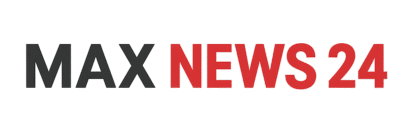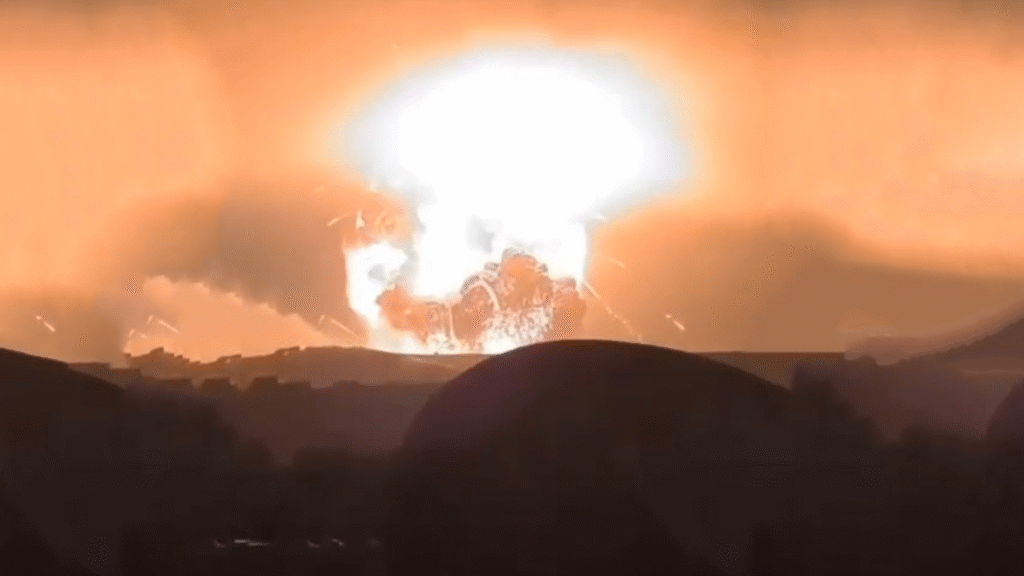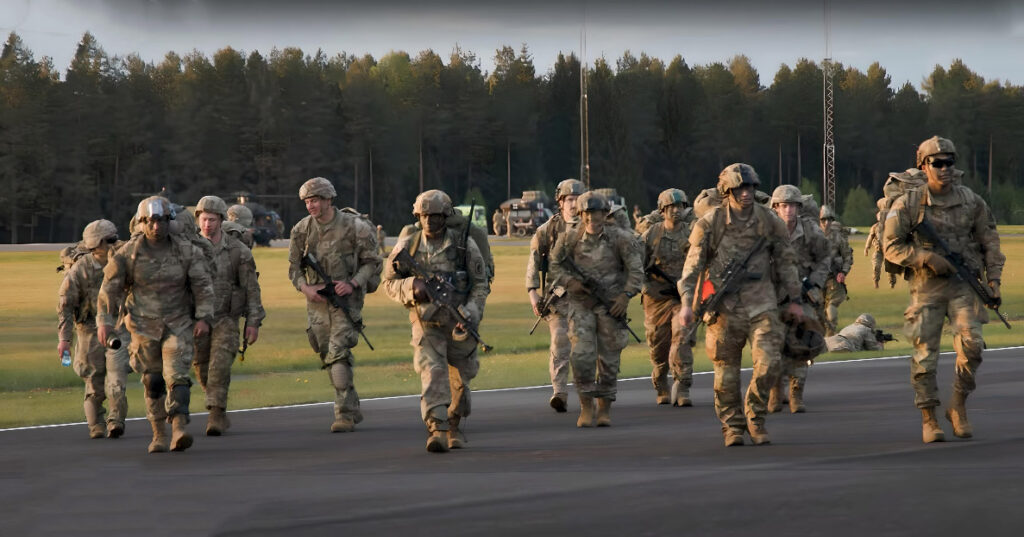A Shocking Strike Caught on Camera
On the night of June 22, 2025, a dramatic explosion rocked Qom, Iran’s holy city and a spiritual cornerstone for millions, as U.S. Air Force B-2 Spirit bombers targeted the Fordow nuclear facility, located just 20 kilometers away. Videos circulating online show plumes of smoke rising from the site, capturing the chaos and destruction that followed. The attack, executed with GBU-57A/B bunker-busting bombs, marks a bold escalation in the simmering tensions between Iran, the United States, and Israel, raising fears of a broader regional conflict that could ripple across the globe.
Fordow: The Heart of Iran’s Nuclear Ambitions
Nestled deep beneath a mountain in Qom province, the Fordow facility is a fortified cornerstone of Iran’s nuclear program. Built in 2006 under the oversight of Iran’s Islamic Revolutionary Guard Corps, Fordow is designed for uranium enrichment, officially to 20% for civilian purposes like medical research and nuclear fuel production. Yet, suspicions have long swirled that Iran is pursuing nuclear weapons—a charge Tehran vehemently denies. The facility’s subterranean design makes it nearly impervious to conventional airstrikes, prompting the U.S. to deploy some of its most advanced non-nuclear munitions.
Iranian officials claim the strike caused minimal damage, with key equipment like centrifuges unscathed due to preemptive evacuations and the relocation of enriched uranium stockpiles. Experts cited by major news outlets confirm no radioactive fallout or nuclear detonation occurred, averting an environmental catastrophe. Still, the limited impact of the attack has sparked debate about whether military action can effectively dismantle Iran’s nuclear capabilities.
Humanitarian Fallout in Qom
The strike has plunged Qom, a revered religious hub, into turmoil. Panic gripped the city as residents fled en masse, fearing further attacks or environmental risks. Roads leading out of Qom are gridlocked, with train and bus stations overwhelmed by the exodus. Local authorities have set up temporary shelters in neighboring provinces, but food, medicine, and housing are in short supply. Power outages have compounded the crisis, leaving hospitals struggling to cope despite operating in emergency mode.
Long lines for fuel and essentials snake through the city, with prices skyrocketing amid the chaos. International aid groups, including the Red Crescent, are pushing for access to deliver critical supplies, but ongoing military operations and road closures are hampering efforts. For Qom’s residents, the attack feels like a violation of their sacred city, fueling anger and fear among the region’s deeply religious communities.
A Rapidly Escalating Conflict
The roots of this crisis trace back to June 13, 2025, when Israel launched Operation Rising Lion, targeting Iranian nuclear sites, military bases, and senior officials. The U.S. strike on Fordow, alongside other facilities in Natanz and Isfahan, marks Washington’s first direct involvement in the conflict. In a post on Truth Social, U.S. President Donald Trump hailed the operation as a “historic triumph” in neutralizing Iran’s nuclear threat. However, Iranian officials and independent analysts question the strikes’ success, pointing to Iran’s preemptive measures.
Iran has vowed a fierce response, with Revolutionary Guard officials hinting at retaliatory strikes on U.S. bases in Iraq, Saudi Arabia, and beyond, using ballistic missiles and kamikaze drones. Recent military drills in the Persian Gulf signal Iran’s readiness to disrupt the Strait of Hormuz, a vital artery for 20% of the world’s oil supply. Such a move could trigger a global energy crisis, sending fuel prices soaring.
Global Reactions and Rising Tensions
The international community is on edge. The head of the International Atomic Energy Agency, Rafael Grossi, urged restraint, noting no concrete evidence supports claims of Iran’s nuclear weapons program. Russia and China condemned the U.S. actions as a breach of international law, while Israeli Prime Minister Benjamin Netanyahu praised the strikes as a step toward eliminating Iran’s nuclear threat.
The crisis underscores the fragile balance in the Middle East. Years of sanctions, military pressure, and internal challenges have strained Iran, but the attack on Fordow has galvanized anti-U.S. and anti-Israel sentiment. Some analysts warn that Iran may now accelerate its nuclear program in defiance, despite its public commitment to peaceful intentions.
A Humanitarian and Diplomatic Imperative
The unfolding crisis in Qom demands urgent action. Without swift international aid, the number of displaced and suffering residents will climb, potentially sparking a larger refugee crisis. Diplomatic efforts to revive a nuclear agreement have stalled, with Trump demanding Iran’s “total surrender” and Tehran insisting on an end to Israeli aggression as a precondition for talks.
As the region teeters on the brink, the world watches anxiously. The strike on Fordow is not just a military operation—it’s a flashpoint that could reshape the Middle East and beyond, with consequences that may be felt for years to come.



